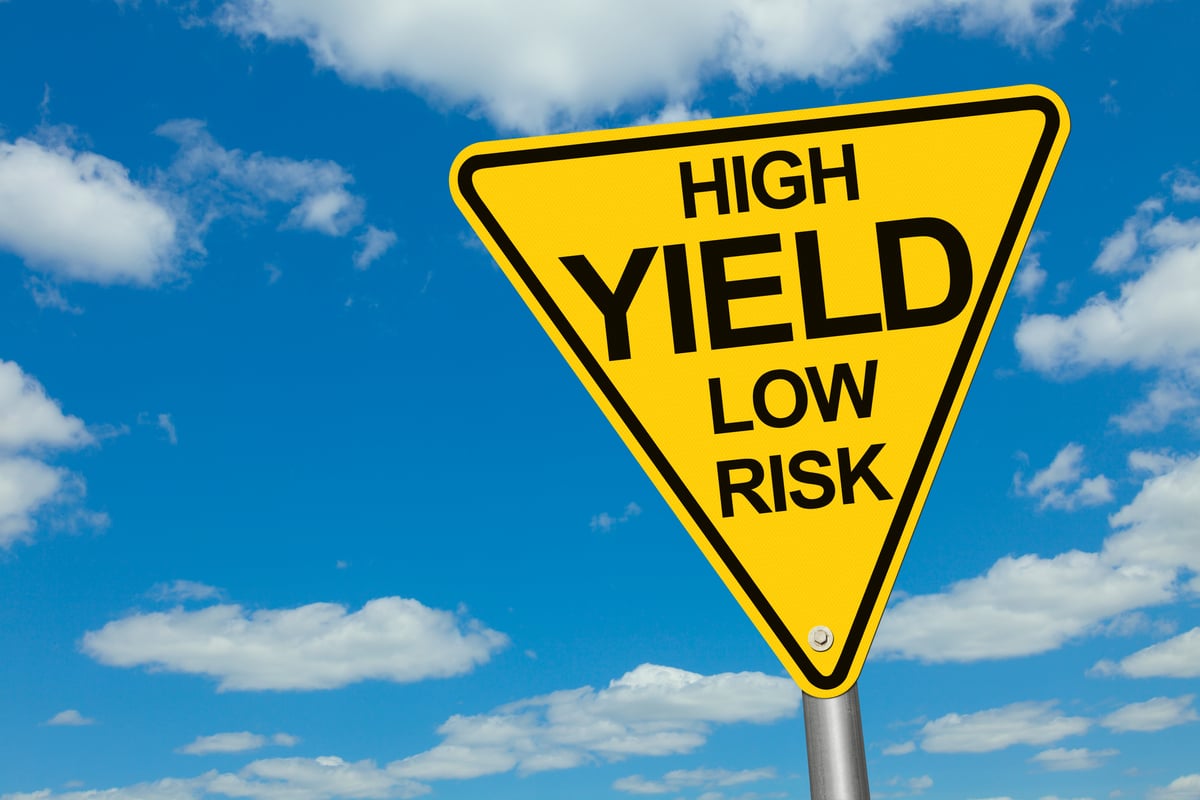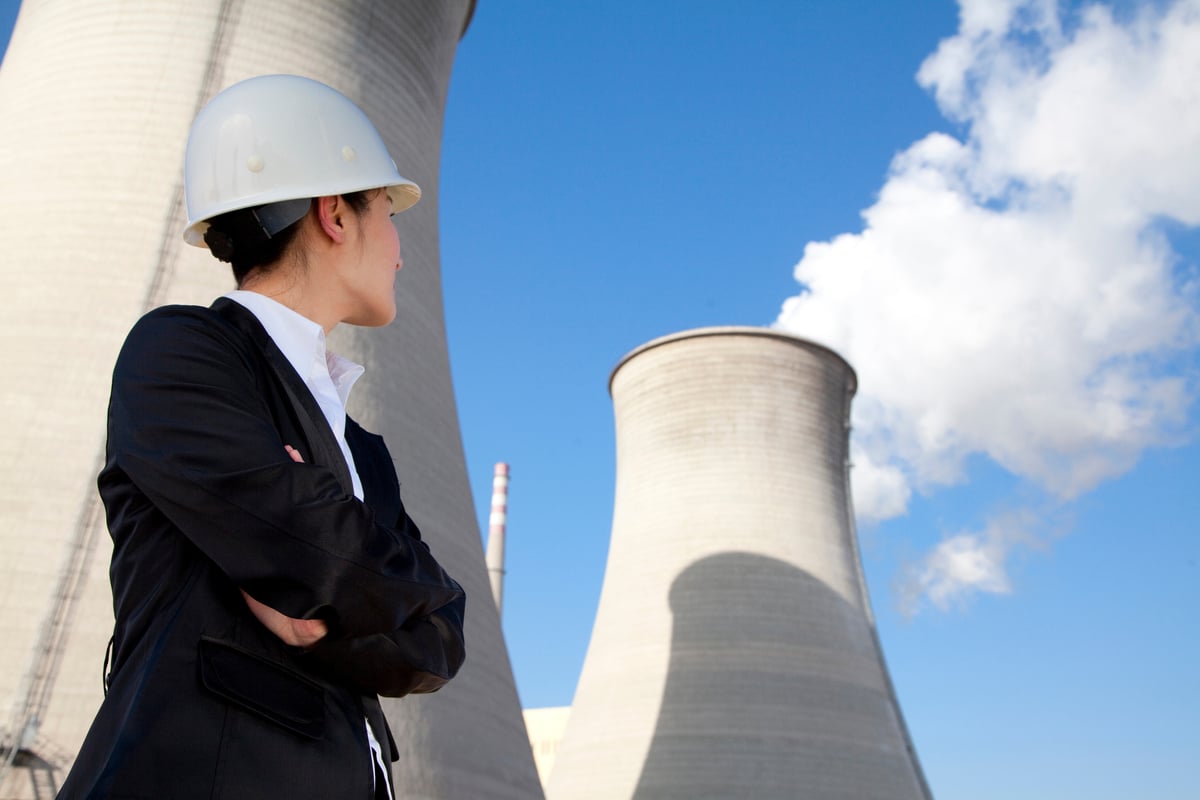According to U.S. Energy Secretary Ernest Moniz, "The United States has tremendous untapped clean energy resources and responsible development will help pave the way to a cleaner, more sustainable and diverse energy portfolio."
That statement came with the announcement that the United States has the capacity to double its hydro power from current levels. That's a huge increase, but it still isn't enough to meaningfully dent carbon-based power sources.
Yes, it's part of the answer...
Clean and renewable power sources are obviously the ideal solution to the use of dirty carbon-based fuel. The problem is that they can be unreliable, costly, and they don't contribute enough power. For example, renewables provided just 13% of the power consumed in 2013, with hydro accounting for about half of that total.

Source: EIA
So, even if you double hydro, you still only get to about 20% for all renewable sources. That, of course, forgets the fact that the hydro facilities have to be built, paid for, and, perhaps most importantly, approved. And, as the West Coast drought has shown, hydro power doesn't work when there's no rain.
That's why it's so important that reliable and relatively low-cost carbon fuels remain in the mix. Coal and natural gas together provided for nearly two-thirds of U.S. power needs last year. That's huge, and adding a measly 6 or 7 percentage points of hydro isn't enough to shut carbon out of the picture.
Case in point
Xcel Energy (XEL +0.63%) is the perfect case in point. It's chosen wind power as its main renewable source. Wind represented just 3% of its power in 2005. It increased that to 12% in 2012 and hopes to hit 22% by 2020. That's a big commitment and disproportionately large compared to the industry, which overall only got about 4% of its power generation from wind last year.
Coal is the big loser at Xcel, with the company calling for that fuel to fall some 13 percentage points between 2005 and 2020. However, coal will still provide 43% of Xcel's power. Clearly, Xcel sees the benefit of renewable power but is well aware of the need to have a solid core of other power sources to fall back on when the wind isn't blowing.
Little dams
The data backing up the U.S. DOE's hydro power claim is that there are "more than [3] million U.S. rivers and streams" that could support hydro power. Forgetting the inevitable pushback about environmental impact, consider what's going on in the Northeast, which is right next to Niagara Falls -- a massive source of hydro power if there ever was one. This region is increasingly reliant on natural gas! To the point where the region's grid operator is warning about reliability issues.

Source: EIA
The increased demand hasn't gone unnoticed. For example, Spectra Energy Partners (SEP +0.00%) built the first new pipeline into the New York borough of Manhattan in "40 years" in 2013. This midstream player and its parent have some $7 billion worth of pipeline projects on the drawing board between now and 2020 to take advantage of the increasing use of natural gas countrywide.
However, the projects in the Northeast are especially poignant after the tough winter. Difficulties in getting enough natural gas drove gas prices up to stratospheric levels. That makes toll-taker Spectra's plans for new pipelines an easy win. And, it's worth pointing out that when gas was hard to come by or too expensive to burn, coal was the go-to fuel source -- not hydro, wind, or solar.
Good reading, but just not there yet
Doubling hydro power is good reading, but it doesn't provide the full picture. Renewable power sources like this can't be turned on and off and just aren't large enough to shut down carbon plants. Watch the trends here, but keep in mind that wind advocate Xcel still plans to use coal. And even where coal is in serious decline, like in the Northeast, natural gas is the energy source leading the way and providing opportunities for companies like Spectra.





